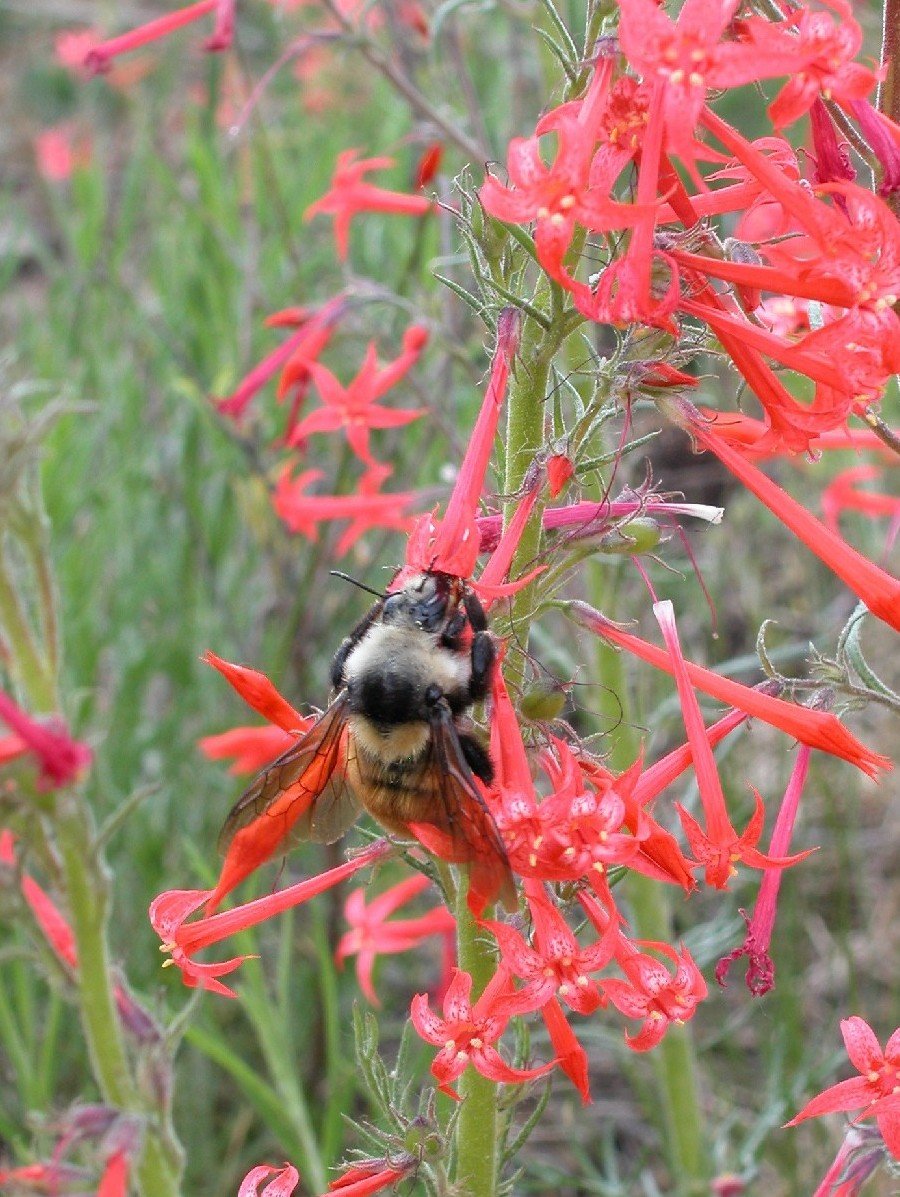Using the Literature to Test Pollination Syndromes — Some Methodological Cautions
DOI:
https://doi.org/10.26786/1920-7603(2015)17Abstract
“Pollination syndromes” are specific combinations of floral traits that are proposed to evolve convergently across angiosperm lineages in response to different types of animal pollinators. In spite of their long history, pollination syndromes have not been tested adequately–they rarely have been examined critically to determine how well they describe floral trait diversity or predict pollinators. In a recent meta-analysis of data from the literature, Rosas-Guerrero et al. (2014) provide a welcome test that draws on insights from past studies. At the same time, their study illustrates several difficulties of meta-analysis approaches in general, and for pollination biology in particular. Here we discuss those difficulties and propose some solutions. We first consider how to gather studies from the literature without introducing unintended bias, such as the old-fashioned method of working backward from cited literature. We next consider how to deal with difficulties that invariably arise when extracting and analyzing often-incomplete information from heterogeneous studies. Finally we discuss issues of interpreting and presenting the results in the most informative manner. We conclude that although Rosas-Guerrero et al. (2014) and other studies such as Ollerton et al. (2009) have arrived at different conclusions about the utility of pollination syndromes, their results are not necessarily incompatible.
Downloads
Published
How to Cite
Issue
Section
License
Copyright (c) 2015 Jeff Ollerton, André Rodrigo Rech, Nickolas M. Waser, Mary V. Price

This work is licensed under a Creative Commons Attribution 4.0 International License.
JPE is an open access journal which means that all content is freely available without charge to the user or his/her institution.
Authors who publish with this journal agree to the following terms:
1) Authors retain copyright and grant the journal right of first publication with the work simultaneously licensed under a Creative Commons Attribution License that allows others to share the work with an acknowledgement of the work's authorship and initial publication in this journal.
2) Authors are able to enter into separate, additional contractual arrangements for the non-exclusive distribution of the journal's published version of the work (e.g., post it to an institutional repository or publish it in a book), with an acknowledgement of its initial publication in this journal.
3) Authors are permitted and encouraged to post their work online (e.g., in institutional repositories or on their website) prior to and during the submission process, as it can lead to productive exchanges, as well as earlier and greater citation of published work (See The Effect of Open Access).
To assure a broader targeted audience, content will be included into databases (such as EBSCO) and directories (such as DOAJ).











